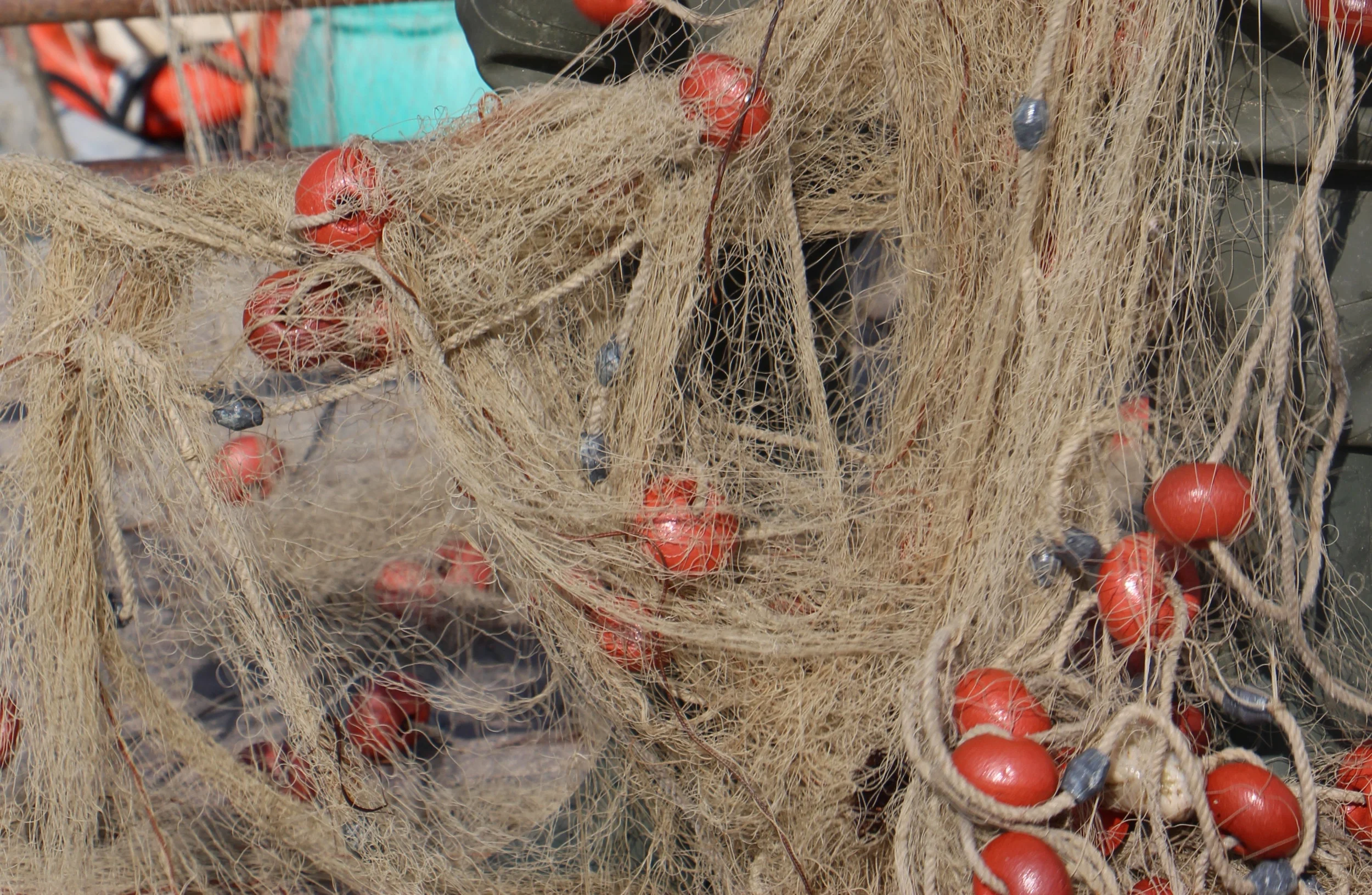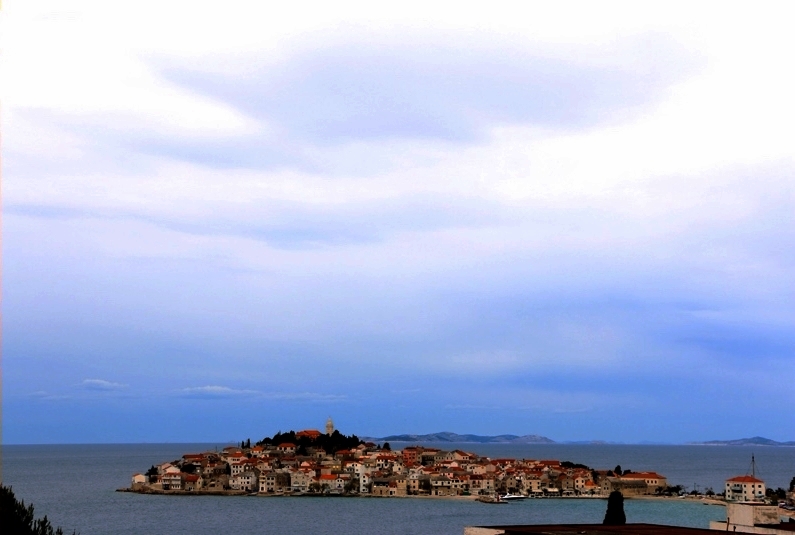We parked along the road and meandered our way around a field of squash, through some woods, and down to the salt marsh. As we got closer to the shore, we started to hear a furious splashing. The woods cleared and the Long Island Sound came into view. The water was bubbling and jumping and sparkling with striped bass and bluefish (or, as Italian fishermen would say, “bollendo”—boiling like a pot of spaghetti). The larger predatory fish were chasing schools of alewives as they scattered frantically in all directions. The stripers and bluefish were on their way south for the winter, fattening up for the cold months ahead. It was one of those awestruck situations where you don’t really know what else to do but laugh at yourself and laugh at your good fortune. I have never in my life seen so many fish.
After learning to cast—back and forth and back and forth—and catching and releasing striper after striper [1], the glow on the marsh grasses was starting to fade with the day, and I decided to keep the next fish I caught for dinner. It was a bluefish, only about a foot and a half long but a strong swimmer. It put up a good fight.
I cleaned and de-scaled the fish, and we set up a small charcoal grill and threw it on top. Its skin crisped up and its fatty flesh solidified with the heat. Too eager to wait, we ate it straight from the grill with our hands. As I pulled flakes of warm fish off the sticky bones, I thought about the disconnect between the wild, slippery act of fishing and the solid fish that ends up on our plates—or in this case pinched between our fingers.
Seafood is palpably absent from most conversations about food systems and food communities, and many of the voices representing fisheries are equally absent. Most fishers in this country (with plenty of exceptions) probably don’t think of themselves as part of a food system. Rarely does a fisherman sell his fish directly to a consumer, which widens the gap between fisher and eater and obscures the idea of a cohesive system. More commonly, once a catch of fish lands, it makes its way through a series of mid-chain players who may be dealers, processors, aggregators, traders, wholesalers, and finally retailers of some sort. Only then does it make its way onto somebody’s plate. While our terrestrial food system has similarly convoluted supply chains, the wild nature of fish, different conceptions of marine property, and a wholly separate fisheries regulatory system make the slippery fish just that much more removed from its eventual eater.



























